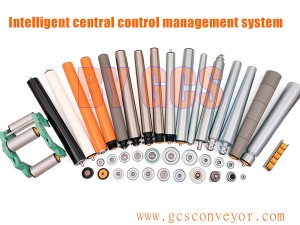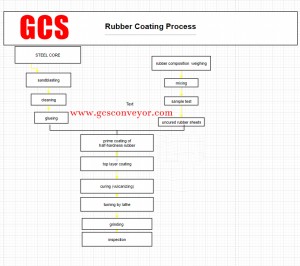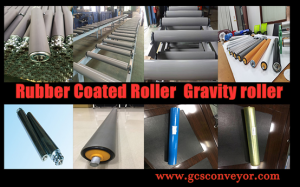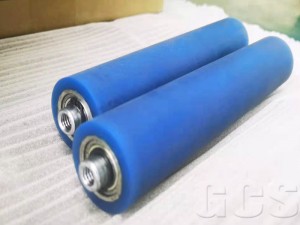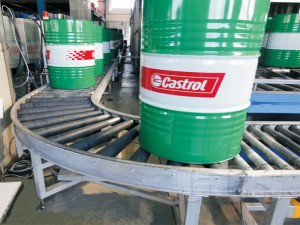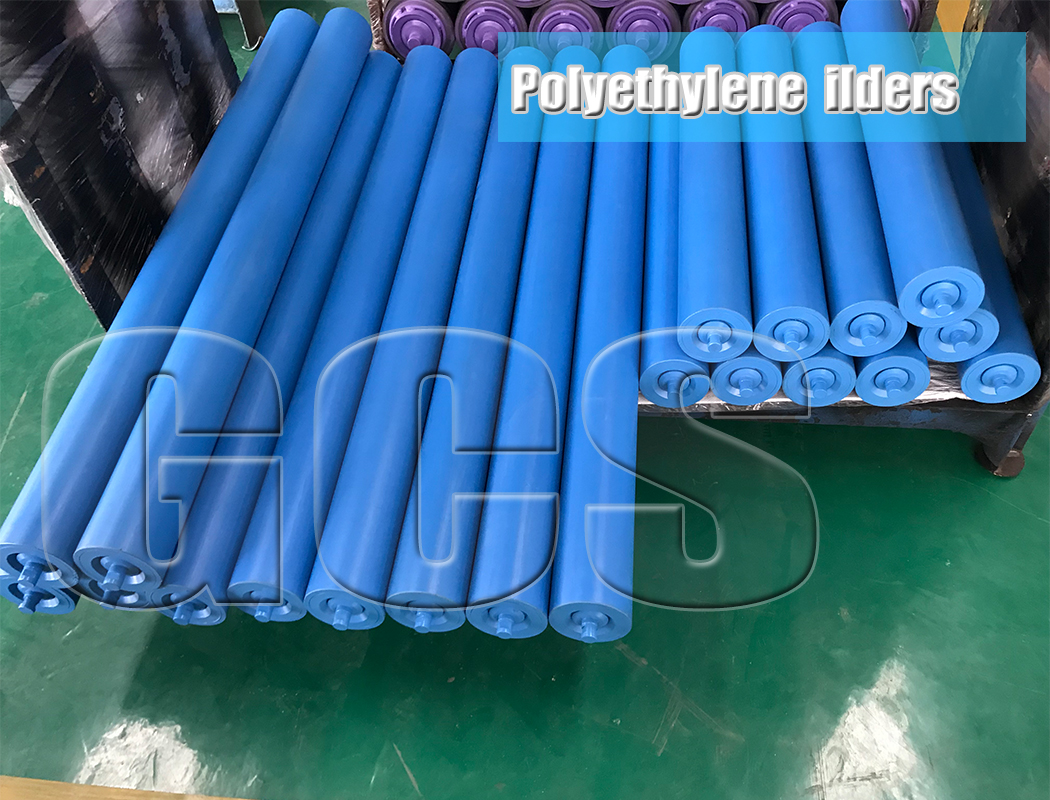1. Regular Rubber Coating Types
When choosing rubber, you need to consider chemical resistance, wearing resistance, and antistatic properties. Different equipment has different requirements for rubber, such as printing equipment care more about ink reaction.
There are various rubber types that you can choose, such as EPDM (Ethylene-Propylene-Diene Monomer); PU (Polyurethane); Silicone Rubber; NBR (Buna Nitrile); SBR (Styrene-Butadiene Rubber latex); CR (Neoprene), etc.
2. Production Process of Rubber Conveyor Rollers
3. Main Inspection Indicators
Roundness
Cylindricity
Concentricity
Straightness
Runout
External diameter
Hardness Shore A
Coating thickness
Surface roughness
Dynamic balancing( G2.5)
4. Rubber Roller
Technical Specifications
| Dimensions | Length: max12,000mmDiameter: max1,600mm
|
| Dynamicbalance
|
Specific dynamic balancerequirements are related to
the working speed of equipment
|
| Runout | Runout is one of the standards toevaluate the geometrical tolerance
such as roller cylindricity. Usually, the finished product's runout is between 0.02mm to 0.05mm.
|
| Surfaceroughness
|
Turning: within Ra1.6μmFine grinding: up to Ra 0.8μm; |
| Sizetolerance
|
The precision requirements dependon the process requirements
|
| Coatingthickness
|
Usually between 7-8mm |
5. Inspection tools
Dial indicator-0.001mm
Dial indicator-0.01mm
Vernier caliper-0.02mm
Micrometer-0.01mm
Measuring tape-1mm
Hardness tester
Coating thickness tester
Surface roughness tester
Dynamic balancing machine
Depth gauge
6. Product Show
GCS reserves the right to change dimensions and critical data at any time without any notice. Customers must ensure that they receive certified drawings from GCS prior to finalizing design details.
Successful Cases
Post time: Mar-07-2022

